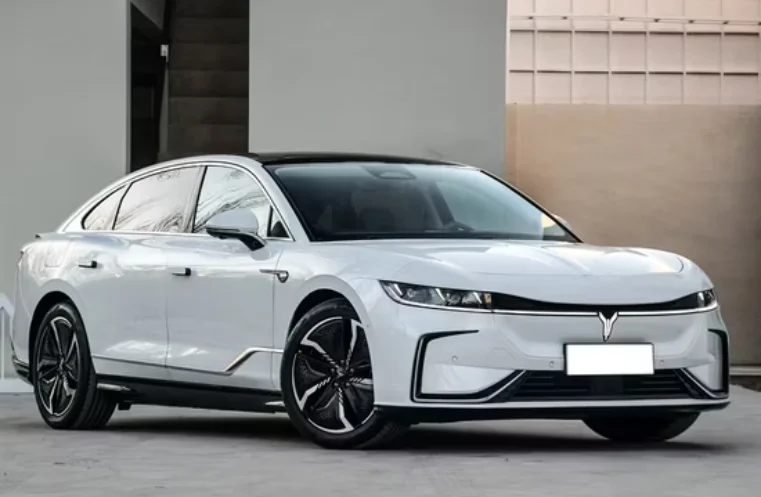Islamabad, Jan 9: In 2024, China automotive market witnessed a remarkable surge in electric and hybrid vehicle sales, with a 40.7% year-on-year increase, totaling nearly 11 million units.
This significant growth underscores China’s leading role in the global transition towards sustainable transportation.
New Energy Vehicles (NEVs), encompassing both electric and plug-in hybrid models, accounted for approximately 47.6% of all retail vehicle sales in China during 2024.
This substantial market share reflects the effectiveness of government incentives and the increasing consumer preference for environmentally friendly vehicles.
China Electric and Hybrid Vehicle
Domestic manufacturers have been at the forefront of this expansion. BYD, a leading Chinese automaker, reported a 41% increase in total vehicle sales, exceeding 4.2 million units for the year.
Aggressive pricing and a diverse product lineup drive this impressive performance.
The competitive landscape has intensified, with local brands such as Geely and Xiaomi also making significant strides. Tesla, despite facing challenges in other markets, achieved record sales in China, highlighting the country’s pivotal role in the company’s global strategy.
Government policies have been instrumental in driving NEV adoption. Subsidies and trade-in programs have incentivized consumers to opt for electric and hybrid vehicles, contributing to the robust sales figures. Notably, over 6.6 million cars sold in 2024 benefited from government subsidies, which are set to continue until 2025.
However, this rapid growth has introduced challenges. Fierce competition among manufacturers has led to a price war, impacting profitability across the industry. Profit margins have declined, with the automotive sector’s average margin falling to 4.4% in 2024
Looking ahead, the Chinese automotive market is poised for continued expansion in the NEV segment. Manufacturers are expected to innovate and diversify their offerings to maintain competitiveness, while government support remains crucial in sustaining the momentum towards a greener transportation ecosystem.
